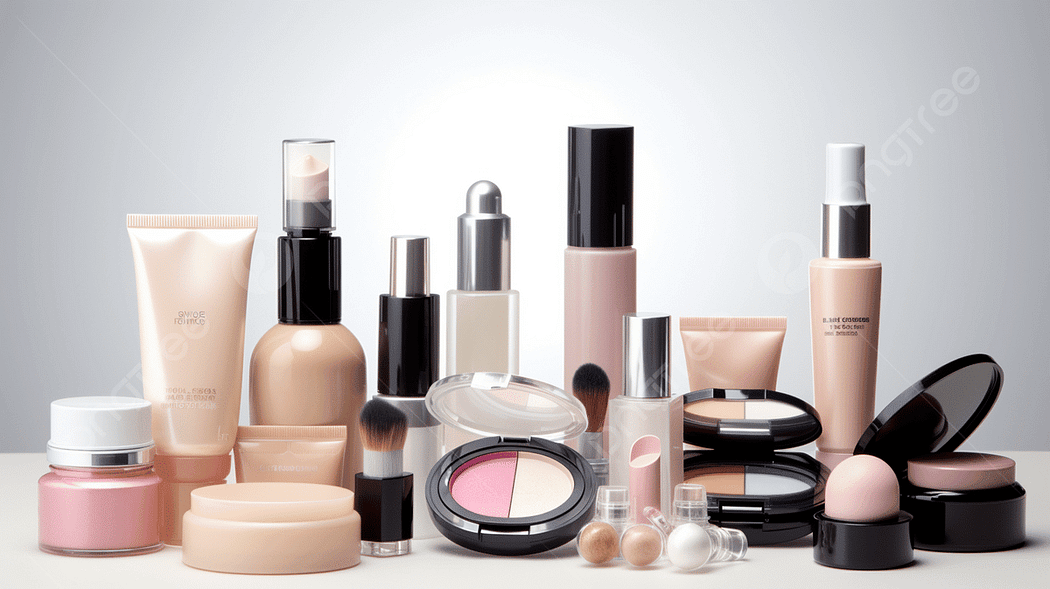Cosmetic Products Registration Process in Mexico

As the Mexican cosmetics market continues to expand, attracting attention from global beauty brands, understanding local regulatory requirements becomes essential for successful market entry. Navigating the complexities of Mexico’s Comisión Federal para la Protección contra Riesgos Sanitarios (COFEPRIS), the country’s regulatory authority overseeing health and safety, is critical for ensuring that your products meet local standards and reach consumers without delay.
For international brands, this often involves not only completing the COFEPRIS cosmetics registration process but also partnering with an Importer of Record (IOR) to manage compliance, importation, and ongoing regulatory obligations. In this blog, we’ll explore the key aspects of COFEPRIS cosmetics registration, the role of the IOR, and practical steps for brands looking to successfully bring their products into the Mexican market.
COFEPRIS’ Role in Cosmetics Registration Process in Mexico
COFEPRIS is responsible for regulating health-related products in Mexico, including pharmaceuticals, food supplements, medical devices, and cosmetics. For global brands looking to introduce cosmetic products into the market, COFEPRIS plays an essential role in ensuring product safety, efficacy, and quality. The agency sets stringent standards to protect public health and safeguard consumer interests.
Mexico’s cosmetics regulations are aligned with international safety protocols, yet they incorporate specific local requirements. Understanding COFEPRIS’ guidelines is fundamental to ensuring compliance and avoiding potential delays or penalties.
Understanding the COFEPRIS Cosmetics Registration Process
The process for registering cosmetics with COFEPRIS can be complex, but it is critical for any global brand seeking to distribute products in Mexico. The key steps include:
Product Classification and Ingredient Approval
COFEPRIS classifies cosmetics as products intended for external use, primarily aimed at cleansing, beautifying, or altering the appearance of the human body. All ingredients in the formulation must meet COFEPRIS’ approved list. In cases where a specific ingredient is not on the list, additional safety data or testing may be required. Brands must ensure that their ingredients are in compliance with these standards to avoid unnecessary delays.
Product Labeling and Claims
Labeling is another crucial aspect of the registration process. COFEPRIS mandates that all cosmetics must bear labels that meet specific requirements, such as:
- Product name and intended use
- Ingredients, in descending order of concentration
- Manufacturer’s details and batch numbers
- Instructions for safe use
Additionally, COFEPRIS monitors claims made on drug product labels. Any claims (e.g., “hypoallergenic” or “dermatologist-tested”) must be scientifically substantiated. Failure to comply with labeling guidelines may result in delays or rejections of the cosmetics product registration.
Documentation Submission
Once the product has been classified, and all ingredients and labeling meet COFEPRIS standards, the brand submits a registration application, including:
- A detailed technical dossier (product formula, manufacturing process, stability studies)
- Proof of safety and efficacy
- Packaging details
- Proof of compliance with ingredient safety regulations
After submission, COFEPRIS reviews the application, and if everything is in order, issues a registration certificate, typically valid for five years.
Click here to read more about IOR in the Mexican Cosmetics Market: COFEPRIS Cosmetics Registration Process: Guide for Global Brands Entering Mexico — DDReg pharma

Comments
Post a Comment